Since the World Cup in Qatar kicked off, the Iranian national team has been under conflicting pressure: Iranian politicians have sent the threatening message that the players might face consequences upon their return to Iran if they do not sing the Islamic Republic anthem or express vocal support for the protest movement that has rocked the country for more than two months; meanwhile, supporters of the demonstrations have criticised the team for allegedly not having demonstrated substantial support for a protest movement which was met with a heavy-handed crackdown by security forces.
The Iranian team is standing at the same crossroads where the Argentinian players found themselves during the 1978 World Cup in Buenos Aires, while the South American country was in the thick of a bloody military dictatorship.
FIFA chose Argentina as host of the tournament more than a decade earlier, at a time when the country was a democracy. But two years before the World Cup started, on March 24, 1976, the government of President Maria Estela Martinez de Peron was overthrown by a coup led by General Jorge Rafael Videla. From the moment the military junta took power, the organization of the World Cup was given top priority. The objective, far from being solely related to sports, was to use the festivities as a handy public-relations veil to mask the atrocities being committed by the regime, and as an instrument for ensuring stability amid a deeply troubled economy.
Disappearances were increasingly common, with intellectuals, artists, teachers and other political activists being picked up by security forces, never to be heard from again. But by the time then-FIFA President Joao Havelange arrived in Argentina, the country had put its best face to the world. The Brazilian complimented the organisation and said: "Argentina is now more suitable than ever to host the tournament”.
On June 1 at Monumental Stadium, Videla himself inaugurated what he called the "World Cup for Peace", using the biggest global sporting event and football festival to legitimize his dictatorship. More than 70,000 people filled the stands for the opening match. A national day off was decreed so that no one in Argentina missed the moment.
However, Dutch journalist Frits Jelle Barend chose to go to Plaza de Mayo, located about 40 blocks from the stadium, to film and photograph the Mothers of Plaza de Mayo, a group of women who became a symbol of human rights activism and courage. Every Thursday, they marched around the Plaza, with white scarves on their heads, demanding to know the fates of their loved ones who had disappeared. Years later, Estela de Carlotto, president of the Grandmothers of the Plaza de Mayo, a parallel organization demanding that kidnapped children be returned to their legitimate families, said: "While the goals are shouted, the screams of the tortured and murdered are muffled".
Barend’s films and pictures were the first images of what was happening in Argentina to reach Europe. Unintentionally, the World Cup was also making despair and horror visible. Neither the Mothers of Plaza de Mayo nor most of the population knew that many of their children and grandchildren were being incarcerated just 700 meters from Monumental Stadium, at the Navy Mechanics School (ESMA), the dictatorship's main detention, torture and death center.
On June 1, around the ESMA and Monumental Stadium, two young men distributed leaflets denouncing the horror. Their names, Ruben Alfredo Martinez and Celestino Omar Baztarrica, head the list of the 50 people who disappeared during the monthlong World Cup. Nine of them were pregnant women.
The military leaders recognized the World Cup as a key instrument for maintaining their power, putting down dissent and covering up human rights violations. For their objectives being fulling fulfilled, the dictatorship made sure that Argentina emerges as the winner, including through corruption and lies. Havelange allegedly received bribes from Videla’s government and was said to be involved in illegal businesses with Carlos Lacoste, head of the World Cup organisation.
Over the years, allegations have emerged about Argentina's 6-0 victory over Peru in the semifinals. Among them, that Peruvians players were offered money to let in goals and that Videla brokered a secret deal with Peru’s leader, General Morales-Bermudez, that reportedly involved a non-reimbursable financial donation from the Videla government.
"We were used as propaganda by the military”
The Argentine players were used by the dictatorship's propaganda, especially after they won the World Cup. "It hurts to know that we were a distraction," according to former player Osvaldo Ardiles. "We were used as propaganda by the military, but we also served as a balm for many oppressed people who were able to go out onto the streets again, wrapped in an Argentine flag." On June 25, the team led by Cesar Menotti won the finals 3-1 against the Netherlands. Torturers at ESMA watched the game together with their prisoners. Some inmates were taken to the streets in cars and shown that "nobody cared about them."
Another former player, Ricardo Julio Villa, said that shots could be heard from the hotel where the Argentina team was staying: "I assume my responsibility. I did not see anything beyond the ball. Unfortunately, one gets used to everything. We had to leave our car a hundred meters away, and then we would find two Army checkpoints that checked our bags and belongings before entering the hotel. At night, we would see the soldiers and hear shots. They used us to cover up the disappearances of people who thought differently. I feel cheated...They gave us the ball, we played, and we didn't know about anything else," he told sports magazine Marca.
Adolfo Perez Esquivel, who received the 1980 Nobel Peace Prize, said: "All the political prisoners, the persecuted, the tortured and the relatives of the disappeared were waiting for Menotti to say something, to have a gesture of solidarity, but he didn't say anything…He was also doing politics with his silence." Perez Esquivel was released from detention amid international pressure, two days before the World Cup final.
Unintentionally, the 1978 World Cup was also an opportunity for many to see the light. Claudio Tamburrini, a 23-year-old student in philosophy, escaped from his torturers a few months before the World Cup. The final allowed him to get out from hiding for a moment and mingle among the people without being seen.
The debate on whether the players should have said something about what was happening has been going on in Argentina since the military rule ended in 1983. But one has to understand the climate at that time. Perez Esquivel: "In prison, since the guards also wanted to follow the matches, the sound came to us through loudspeakers. It was strange, but the guards and the prisoners united in a cry of victory when a goal was scored".
“Football Yes, Torture No”
Amnesty International launched the “Football Yes, Torture No” campaign. In France, the campaign by the Committee for the Boycott of Argentina's Organization of the World Cup (COBA) was held under the slogan "No football in the concentration camps." Meanwhile, the propaganda machine of the Argentine dictatorship, together with the Argentine media, carried out a successful face washing campaign.
Calls to snub the World Cup have led nowhere, but the boycott campaigns had an unexpected effect. The following year, in 1979, the Inter-American Commission on Human Rights visited Argentina after receiving "avalanches of claims" from the victims and relatives of the disappeared and political prisoners. The documents and testimonies collected were used for the documentary "Nunca Mas" (Never Again), which laid the foundations for the dictators’ trial.
In 1978, Videla believed that sport could be exploited to indoctrinate, that football could be used to clean the image of a regime stained with blood. Just like Supreme Leader Ali Khamenei in today’s Iran. But as Abraham Lincoln said: “You can fool all the people some of the time, and some of the people all the time, but you cannot fool all the people all the time”.
visit the accountability section
In this section of Iran Wire, you can contact the officials and launch your campaign for various problems




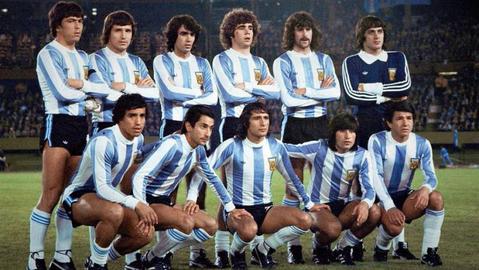
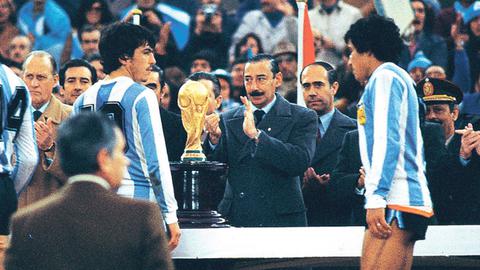
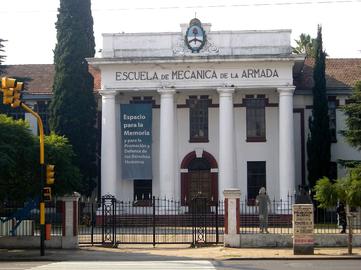
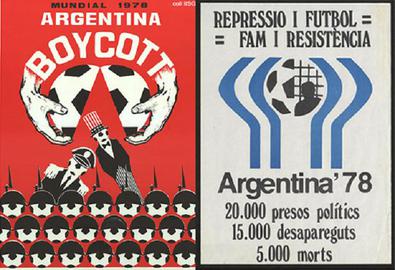







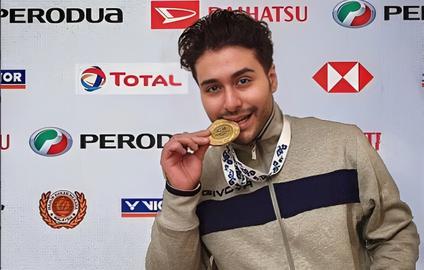
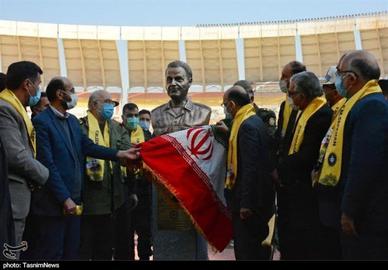
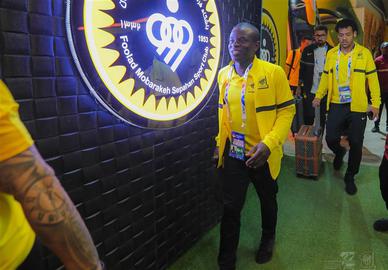






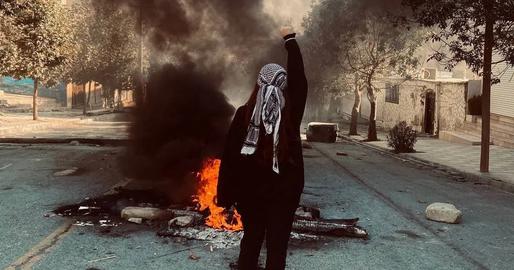
comments